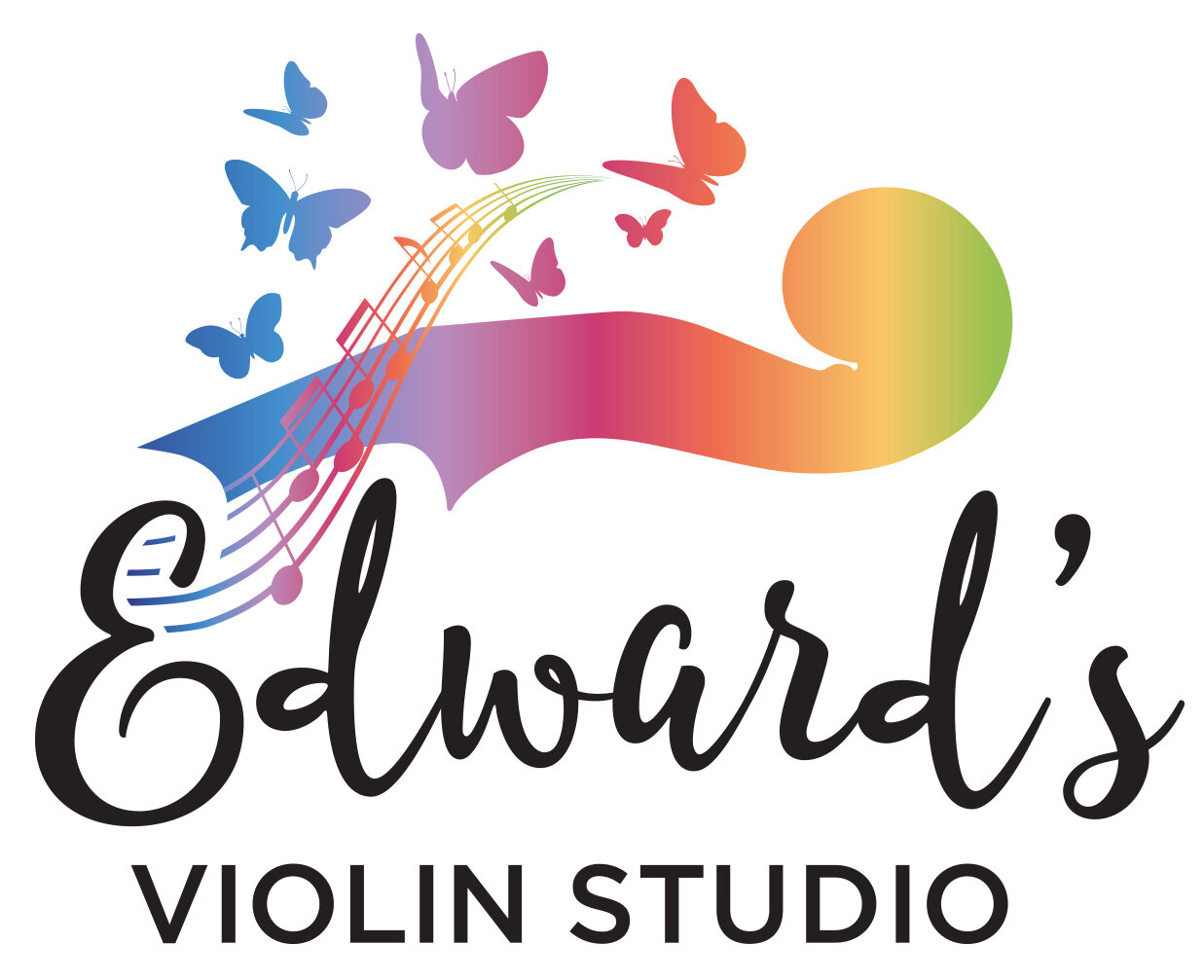what to do when practicing gets hard
Introduce ease into your life as a musician through a more mindful approach.
Recently in a group class, I alluded to playing naturally, with ease. And not working too hard.
“But isn’t violin work?” asked a confused student.
I said that yes, sometimes it is, but most of the time we want to feel a sense of ease, to do what feels natural, in the sense of the sun shining or a plant growing. Or in the words of Dr. Suzuki, speaking in your “mother tongue” or the language you grew up with. It just flows out, naturally.
The paradigm of hard work
In America especially, we have the sense that hard work is what guarantees value. Unless you worked hard on something, it doesn’t count. Unless you worked hard on something, you don’t count.
When we bring this energy to music, it can crush the life out of it. It means we press and force the sound. It means we hurry to “get to the end” missing the beauty along the way. It means we don’t enjoy art for its own sake. And ultimately we feel we are never enough.
If the only music worth playing is the most difficult, then the most deserving musician is one who can play the “hard” pieces.
Hard. Listen to that word. It indicates something alien to the sensitivity of the string instrument.
Isn’t artistic sensitivity soft? Soft to the world around it, soft to the self, and soft to the nuances of sound and silence in creating melodies and harmonies?
Natural engagement is effortless
A parent recently said to me, “I believe learning should be effortful.” What I think she is saying is that, when things come too easily, children become complacent. We need to apply ourselves to learning, and not take for granted our own natural aptitudes.
However, where natural engagement is, natural effort can be found. And that effort doesn’t feel like work.
Natural engagement = Natural effort
Natural engagement happens when a child’s attention is captured. Time and again I see this even in the youngest children.
I can get a three-year-old practicing within a few moments, even if they have never even seen a violin or practiced any music!
How? With natural engagement—through bodily action and a rhyme or two!
How to make practice effortless
Understand: The relative difficulty of the piece is meaningless when we are fully present to the moment of sound.
Listening
Turning on your ears is the best way to get around the feeling of difficulty. If it feels like too much effort to practice, you aren’t doing enough listening.
Listening to sound is the most natural of all. We do it all the time. Redirect your awareness there, and you’ll rediscover a natural interest in it.
Be present to the moment of sound, as you listen and as you play. What comes before or after that is only an abstract thought.
Environment
Having a space you feel good in is key. Is it welcoming and encouraging? Does it feel warm to you to approach that space? Is your instrument hanging out visibly, ready to be picked up at a moment’s notice? A supportive environment will increase the sense of ease in practice.
Supportive Habits
Daily practice time, even for a few minutes, will help things along. Just show up. That’s your job. Show up, put in those 10 minutes or that hour that you have set aside. Let the habit practice you, rather than feeling like you are the one working.
Easy Repetitions
Basic repetitions (such as Twinkle rhythms, scales, and arpeggios) increase ease and fluency of playing.
As you do repetitions, trust your body. Let it move without criticism. Don’t force anything. Be easy with mistakes and “extra sounds” - this is your body naturally trying to calibrate to the complexity.
Easy Pieces
There’s no better way to start self-correcting the hard work paradigm than to play pieces that feel easy, that allow you to feel a sense of effortlessness. Linger on them, explore the sound you are making.
When you are ready, try to bring that feeling of fluent attention to the technically more difficult pieces.
Treat each section of a longer piece as though it were its own “easy” piece, going slower and faster, lingering on transitions, and giving your body the space to adapt.
Go slower, go faster
As you play pieces, go slower. Linger on each note change, each transition, each movement, paying careful attention.
And then, go faster, with attention to doing so fluently. Speed up comfortably while maintaining attention.
Ease of movement, slow or fast. That is the goal.
Artistic maturity
Artistic maturity is not about hard work, it’s about soft work.
What if we changed our paradigm about value here? What if what counted was not the hardness or difficulty but the softness of quality attention?
Remember, softness (artistic sensitivity) doesn’t come from effort, it comes from attention. When we pay better attention to sound, to our bodies, to our environment, and to each other, we will naturally engage.
And when parents pay more attention to their children’s experience of these things, children naturally engage.
Can you learn to value the quality of your attention over the difficulty of your accomplishments? Can you value the quality of your children’s attention, rather than the “hardness” of the work they have done?
Redirecting children from effort to attention will yield much ease and fluency—and a sense of true effortlessness—even as they fully engage in the project of becoming mature artists.

